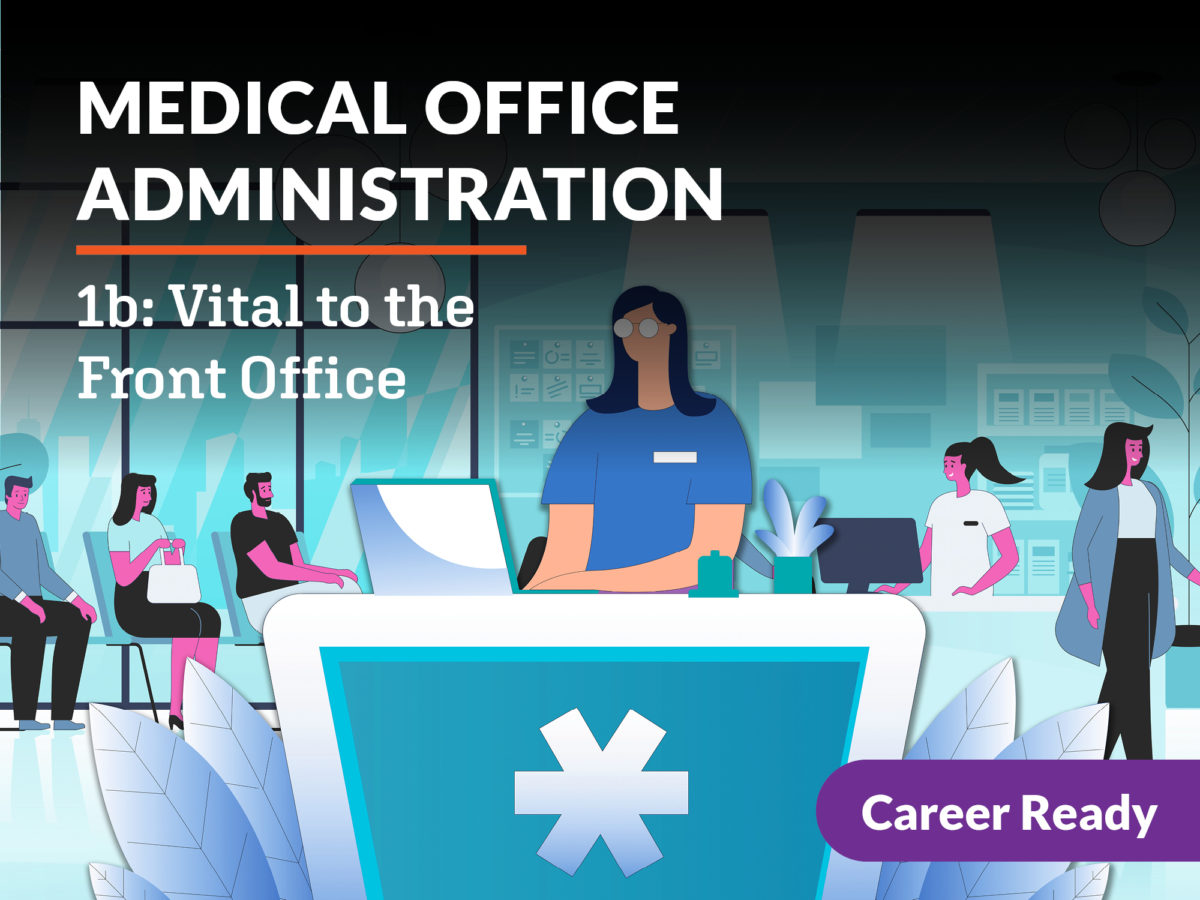Ideal Practices in Medical Administration for Improving Efficiency and Decreasing Expenses
In the ever-evolving landscape of healthcare, the search of ideal techniques in clinical administration is vital for enhancing performance and curbing costs. By integrating sophisticated technologies such as digital health documents and telemedicine, healthcare companies can streamline procedures and boost person treatment. Technology alone is not a panacea; enhancing resource appropriation and cultivating joint interaction amongst treatment teams are equally critical. As organizations aim to balance high quality and expense, what strategies should be focused on to accomplish these dual objectives? The answers to these concerns hold the key to an extra sustainable healthcare system.
Leveraging Advanced Modern Technology
The combination of digital solutions right into medical care systems has changed the method facilities operate, improving processes and enhancing person treatment. By centralizing individual details, EHRs get rid of the demand for cumbersome documentation and assist in seamless communication amongst healthcare companies.
Telemedicine is an additional technological improvement that has revolutionized person communication. It uses ease for both patients and healthcare specialists by enabling remote appointments, which can reduce the need for in-person sees and enhance consultation scheduling. In addition, telehealth platforms can prolong health care accessibility to country or underserved locations, connecting spaces in care delivery.
Additionally, using Expert system (AI) and artificial intelligence is ending up being progressively prevalent in predictive analytics, permitting early discovery of potential health and wellness issues and even more enlightened decision-making. These modern technologies, when integrated efficiently, can enhance diagnostic precision and individualize person treatment plans, eventually resulting in enhanced health care results and operational performance.
Optimizing Source Allotment
Effective source allocation is critical for making best use of the performance of clinical administration. By purposefully managing sources such as employees, equipment, and financial resources, health care facilities can substantially enhance their operational performance, improve client results, and reduce unneeded expenses. The initial step in maximizing resource allotment involves conducting a detailed assessment of existing possessions and determining locations where resources may be underutilized or overextended. This analysis ought to be data-driven, using metrics and analytics to notify decision-making procedures.
Prioritizing resource allowance based on patient demands and solution demands is essential. Implementing flexible staffing versions can likewise maximize labor resources by readjusting workers allowance in feedback to varying client quantities.
Monetary sources must be meticulously checked and designated with critical foresight to support both short-term functional needs and long-term institutional objectives. This includes investing in training programs that improve staff competencies and taking on energy-efficient methods that decrease functional costs (medical administration). Eventually, an optimized source appropriation strategy cultivates a sustainable medical care atmosphere that is responsive, efficient, and financially prudent
Streamlining Process Processes
When medical care facilities objective to improve operational efficiency, enhancing process processes comes to be a critical emphasis. Effective operations lessen redundancy, get rid of unnecessary steps, and boost coordination amongst healthcare professionals. This method not just speeds up solution shipment yet additionally enhances the quality of person care.

Next, innovation integration plays a substantial function in improving operations. Applying digital wellness documents (EHRs) and computerized doctor order entrance (CPOE) systems lowers paperwork, minimizes human mistake, and makes certain info is accessible to all appropriate workers. Furthermore, leveraging telemedicine systems can simplify client examinations and follow-ups, lowering the pressure on physical framework.

Ultimately, structured process cause cost reductions and boosted patient contentment, cultivating an extra lasting Learn More Here health care environment.
Enhancing Data Administration
Structure upon streamlined workflows, optimizing information administration comes to be a crucial part in progressing healthcare administration. Efficient data management systems are crucial for keeping accurate client records, boosting decision-making, and making certain compliance with governing standards. By executing robust information management remedies, healthcare centers can boost the high quality of client care while concurrently decreasing functional expenses.
One key aspect of improving data administration is the combination of advanced electronic health and wellness document (EHR) systems. These systems assist in the smooth exchange of client details throughout different departments, lowering duplication of examinations and decreasing errors. A properly designed EHR system sustains information analytics, enabling healthcare suppliers to identify fads and make educated choices relating to patient care.
In addition, protecting person information is vital. Embracing extensive cybersecurity steps, consisting of security and routine audits, makes sure the honesty and privacy of delicate details. This not just secures individuals but also keeps the establishment's reputation.
Investing in staff training is an additional important element. Enlightening health care experts on information administration practices boosts their capability to effectively make use of modern technology, bring about enhanced client outcomes. To conclude, boosting information management with innovative innovation and comprehensive training is vital for achieving effectiveness and price reduction in clinical management.
Fostering Collaborative Interaction
An important part in progressing medical management is cultivating joint interaction among healthcare professionals. Effective communication is paramount for guaranteeing smooth client treatment, enhancing therapy results, and reducing errors. By motivating open discussion and coordination throughout multidisciplinary teams, healthcare organizations can enhance their operational effectiveness and minimize unnecessary prices.
Central to this strategy is the combination of communication innovations such as electronic wellness documents (EHRs) and protected messaging systems, which promote the fast exchange of critical person information. These devices make it possible for doctor to accessibility and share data in genuine time, making sure that all team participants are informed and aligned in their decision-making procedures. Furthermore, normal group conferences and interdisciplinary rounds can even more promote a society of partnership and accountability.
Educating programs concentrated on enhancing communication abilities are likewise vital. These programs can aid staff create the ability to convey information clearly and pay attention actively, thus decreasing misunderstandings and promoting a supportive workplace. Furthermore, adopting standard communication protocols, such as SBAR (Circumstance, Background, Assessment, Recommendation), can simplify the exchange of information, making sure that critical information are conveyed succinctly and efficiently. Ultimately, fostering collective interaction causes boosted medical care shipment and expense financial savings (medical administration).

Final Thought
Integrating sophisticated technology, such as electronic health and check that wellness documents and telemedicine, alongside enhanced resource appropriation and structured workflow procedures, is crucial for enhancing performance in medical administration. Efficient information management and fostering joint interaction among health care teams are essential for minimizing redundancies and enhancing care high quality. By prioritizing precautionary treatment and participating in quality enhancement initiatives, healthcare organizations can attain considerable price savings and improved patient outcomes, thus making sure sustainable medical care delivery in an increasingly complicated atmosphere.